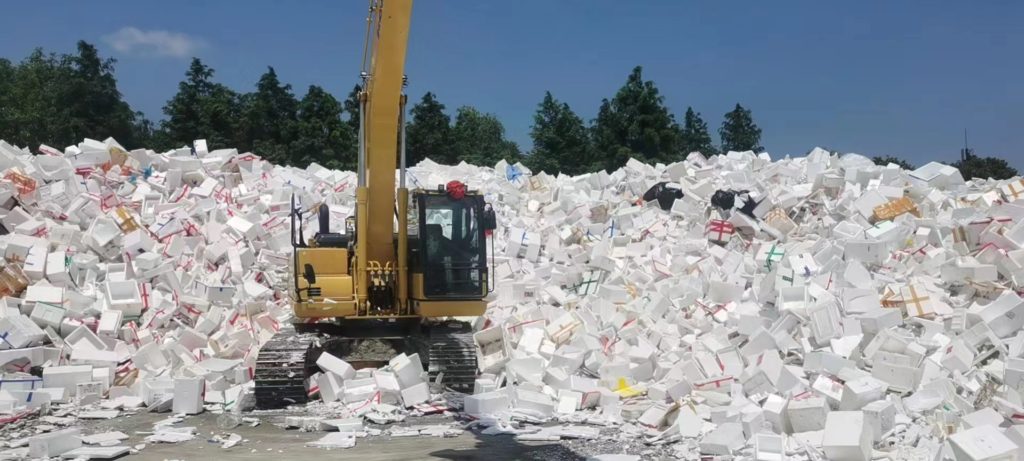Polystyrene (PS) is generally utilized in food packaging as well as insulation. Its generally high degree of contamination makes it hard to reuse. Hard, however possible, as numerous recycling companies verify.
Today’s plastics supply numerous advantages, undoubtedly. And they are a crucial product in innovations. Yet they likewise are among the most significant obstacles for the waste administration industry. They are accountable for the high carbon dioxide degrees in burners. They infect biowaste streams. And also they provide a certain obstacle for recyclers. Yet never the ones to avoid a challenge, plastics recyclers worldwide have actually generated brilliant concepts to manage the various type of plastics. And also it appears the advancements keep coming. Specifically in chemical recycling– a market that is now likewise seen by plastic producers as worth further investment. In 2021, European plastic producers intended substantial investments in chemical recycling technologies, boosting the planned amount from EUR2.6 billion in 2025 to EUR7.2 billion in 2030. This is a fad that can be seen worldwide. Japanese polystyrene manufacturer Toyo Styrene just recently started building a 10-tonne-per-day chemical recycling center in Japan, allowed by Agilyx depolymerisation modern technology. The recycling plant will certainly convert post-use polystyrene into a styrene monomer that will certainly be detoxified making use of Toyo Styrene’s proprietary purification procedure.
What about polystyrene?
While polypropylene (PP) represent the biggest share of plastic generated, very closely adhered to by polyethylene (PE), polystyrene is a fairly tiny fish for the recycling sector to fry (see graphic Grafik EU 27.3 plastic need by polymer types). And also not just that– the truth that it really often has a high degree of contamination makes it tough to reuse, as Tim Stedman, CEO of innovative recycling company Agilyx, states: “Polystyrene is often located in food call applications as well as is checked out by lots of as ‘unrecyclable’ because it can be really filthy as well as contaminated and also would potentially need a substantial quantity of pretreatment for numerous recycling systems.” But the enhancement of other materials likewise influences recyclability, as Sander van Donk, Head of Global Technology Organization at Sulzer Chemtech, clarifies: “For instance, PS that is utilized by customers often contains additives to change the properties of the polymers or to make it extra flame retardant as well as these have to usually be eliminated from the material since they can no longer be used for brand-new items. This action is the most difficult”
Both companies have established technologies to take care of even one of the most hard-to-recycle PS. “We have the ability to take filthy, polluted plastic as well as feed it straight into our system to chemically convert,” states Tim Stedman. Post-use polystyrene is transformed back to its chemical building block as a styrene monomer oil. This product is then made use of to develop brand-new virgin-equivalent PS products. “Agilyx technology does not use a catalyst, which means that it can utilize the most troubled waste as a feedstock,” Stedman adds. “It is likewise very flexible– the exact same core modern technology can be used for multiple products according to customer requirements.”
However, both Stedman as well as van Donk concur that resource separation is what truly makes a recycler’s life simpler. And also to accomplish real circularity, it has to be possible to reuse all different kind of plastic. The recyclers prepare. But obviously, it helps if products can be developed that are simpler to recycle to start with.
